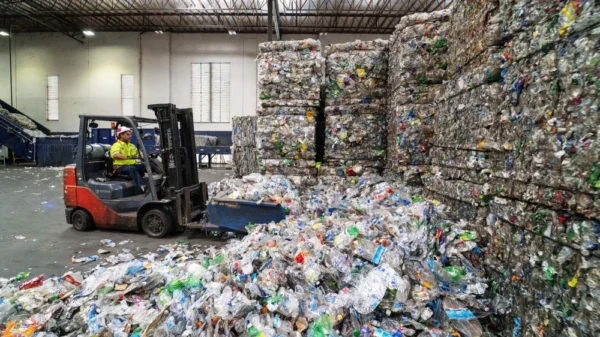The Fashion Industry and Its Environmental Impact
The fashion industry has long been associated with glamour, creativity, and style. However, behind the scenes, it is also one of the most polluting industries in the world. From the production of textiles to the disposal of clothing, the fashion industry has a significant environmental impact that cannot be ignored.
Fast Fashion and Its Consequences
One of the major contributors to the environmental impact of clothing is the rise of fast fashion. Fast fashion refers to the quick and inexpensive production of clothing in response to the latest trends. This model encourages consumers to buy more and discard clothing more frequently, leading to increased waste and pollution.
The production of fast clothing involves the use of large quantities of water, energy, and chemicals. The textile industry is one of the largest consumers of water globally, and the chemicals used in dyeing and finishing textiles can be harmful to both human health and the environment. Additionally, the transportation of clothing from factories to stores and eventually to consumers contributes to carbon emissions and air pollution.
The Shift Towards Sustainable Fashion
Fortunately, there is a growing awareness within the fashion industry about its environmental impact, and many brands are taking steps to become more sustainable. Sustainable fashion refers to clothing that is designed, produced, and consumed in a way that minimizes its negative impact on the environment and respects the rights of workers.
Some brands are focusing on using organic and recycled materials in their clothing, reducing water and energy consumption during production, and implementing fair labor practices. Others are embracing circular clothing, which involves designing clothing with the intention of extending its lifespan through recycling, upcycling, or reusing.
The Role of Technology and Innovation
Technology and innovation play a crucial role in reducing the environmental impact of clothing. New technologies are being developed to create more sustainable fabrics, such as bio-based materials and fabrics made from agricultural waste. These innovations not only reduce the reliance on non-renewable resources but also have a lower carbon footprint.
Furthermore, digitalization in the fashion industry has the potential to reduce waste and improve supply chain efficiency. Virtual reality and augmented reality technologies allow consumers to try on clothes virtually, reducing the need for physical samples and returns. Additionally, blockchain technology can enhance transparency and traceability in the supply chain, ensuring that sustainable practices are followed.
The Importance of Consumer Choices
While the fashion industry and technology are driving changes towards sustainability, consumers also play a crucial role. By making conscious choices, consumers can support brands that prioritize sustainability and ethical practices. This includes buying from brands that use eco-friendly materials, shopping second-hand, and taking care of their clothes to extend their lifespan.
Additionally, consumers can educate themselves about the environmental impact of fashion and spread awareness among their peers. By demanding transparency and sustainability from brands, consumers can drive the industry towards more responsible practices.
Conclusion
The fashion industry’s environmental impact is a pressing issue that requires collective action. From the rise of fast fashion to the shift towards sustainable practices, the industry is undergoing significant changes. Through the adoption of innovative technologies and the conscious choices of consumers, a more sustainable future for fashion is within reach.




































